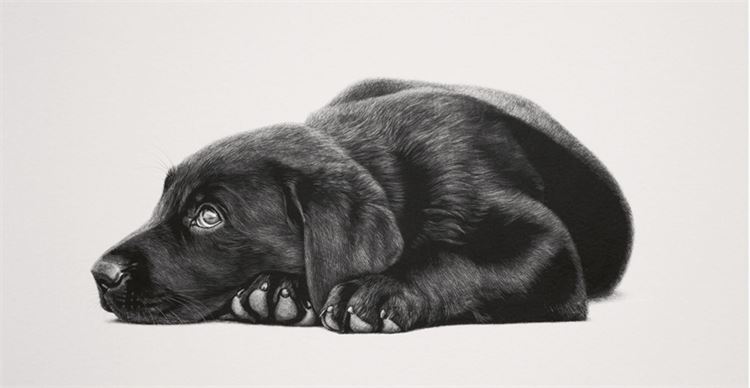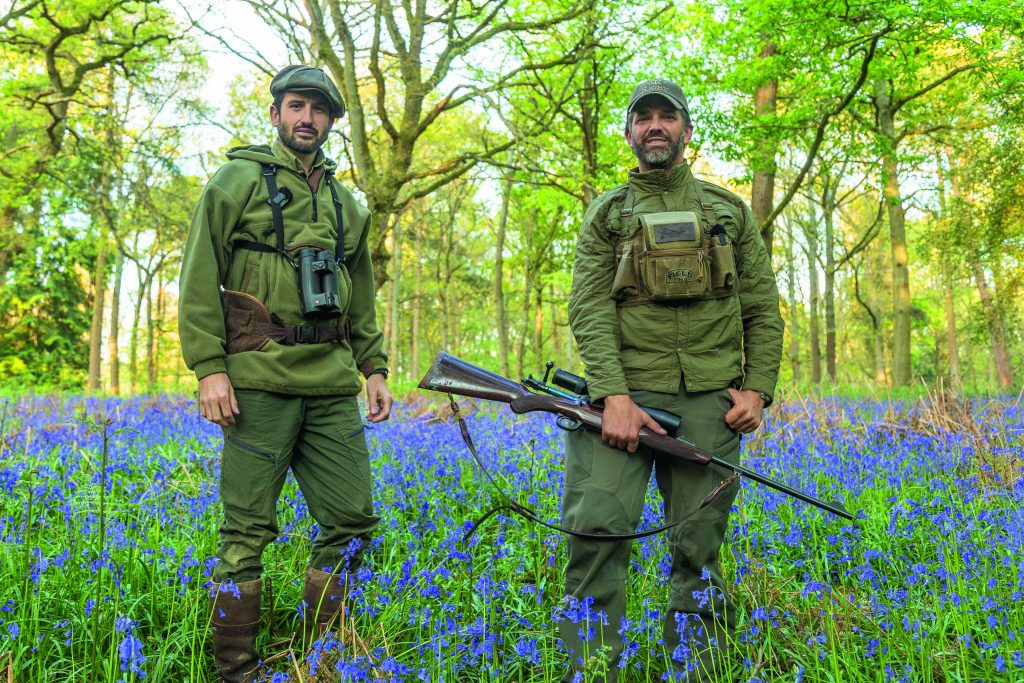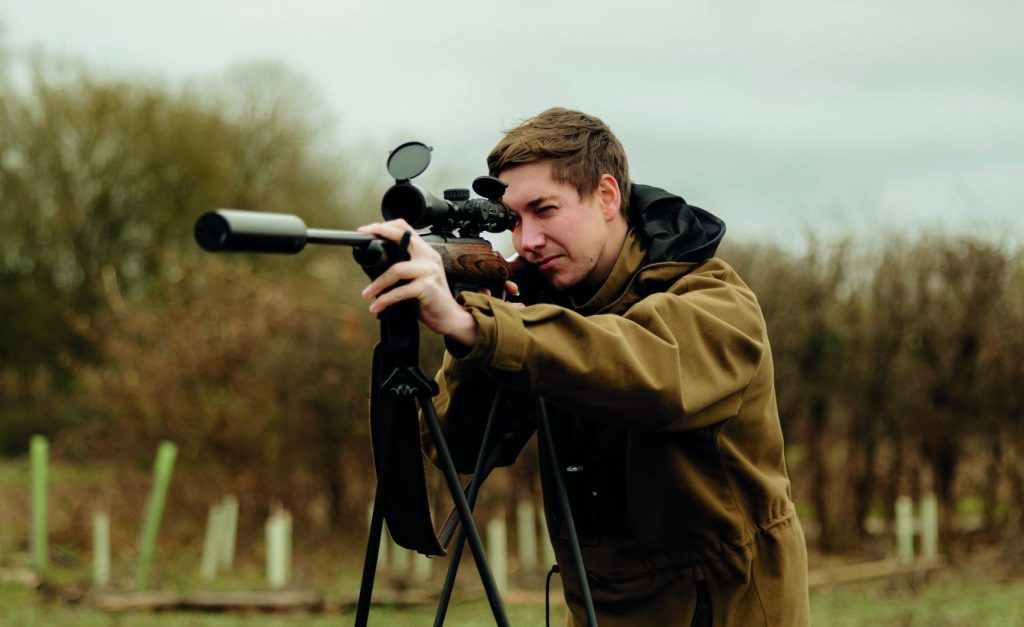Keith Sykes
We speak to the renowned sporting and wildlife artist who uses an interesting medium to capture the nuances of his subjects.

Keith Sykes’ artwork certainly stands out. Not because of vibrant, in-your-face colours – the opposite, in fact. Using the little-used ‘scraperboard’ technique, Keith produces monochrome images of startling detail and accuracy.
“Scraperboard is nothing new,” Keith explains. “In fact, it is a very old medium which lends itself perfectly to depicting hair and feathers – I often work under a magnifying glass to create areas of very fine detail.”
So how does the scraperboard technique work? “Black scraperboard is black-ink-coated china clay on a card base,” says Keith. “By removing the black ink, one reveals the white clay, and these areas become the highlights of the picture. Shadows are created by leaving areas black or lightly hatched (where lines are etched in opposing directions). For example, for the runing boar shown above, I imagined the light to be hitting the boar from the left, creating highlights and shadows accordingly.
“I remove the ink surface with hand tools of various shapes and sizes. The majority of the highlights are created with a home-made tool consisting of a sharpened needle inserted into a piece of wooden dowel – I have lots of these instruments with various lengths of needle projections and sharpness. For smooth textures such as skin or animal noses etc., I use hatching.”
Light is key in Keith’s art, helping to lift the subject out of the frame, but also providing that stop-you-in-your-steps impact and contrast. Of course, he’s now extremely familiar with the scraperboard method having first worked with sharp tools and hard board when he was 15 years old – his subject: the head of a pinkfoot goose. Thereafter, nearly all of his art in the early years – created in the evenings and weekends when not working in his previous role as Senior Project Manager in the NHS – was produced on conventional black scraperboard. He now also uses white (self-inked) scraperboard, depending on the tone and composition of the subject.
Given that his subjects are almost exclusively wildlife species or gundogs, in some way linked to fieldsports, Keith’s lifelong passion for shooting works to his advantage. He’s a particularly keen wildfowler and game Shot. “And I will use the weakest of excuses to travel to Scotland, especially if there’s the opportunity to do a bit of roe or red deer stalking,” he laughs.
That’s not to say there are no challenges when using scraperboard, though. “Due to the level of detail involved, my style is extremely time consuming and relatively unforgiving,” Keith admits. “It is very difficult, if not impossible, to correct any mistakes without leaving them visible. It is also essential to work in a clean environment; fingerprints are a potential problem on the surface of black scraperboard, and ink dust can cause grubby smudging on white scraperboard. To remove the dust I create, I use an air duster that is served by a small compressor next to my drawing board.”
Much of Keith’s inspiration is captured away from the drawing board, however. “I have to get out there and collect my own reference material. This might be photographs or sketches from the field – it’s typically a combination of the two.
“Over the years, I’ve drawn inspiration from greats such as Sir Edwin Landseer and Sir Peter Scott, but also my contemporaries in the Redspot group who include Ben Hoskyns, Sam MacDonald, Rodger McPhail, Jonathan Sainsbury, Tania Still, Jason Sweeney and Owen Williams.
“My fellow artists regularly joke and remind me that I ‘have not yet progressed into colour’, but due to an ever-increasing number of monochrome commissions, I am unlikely to do so for the foreseeable future.” Indeed, despite his vast experience and impressive portfolio, I get the impression that Keith is only just scratching the surface of what is to come…
Related Articles
Get the latest news delivered direct to your door
Subscribe to Fieldsports Journal
Elevate your experience in the field with a subscription to Fieldsports Journal, the premium publication for passionate country sports enthusiasts. This bi-monthly journal delivers unparalleled coverage of game shooting, fishing and big game across the UK and beyond.
Each issue offers a stunning collection of in-depth features, expert opinions and world-class photography, all presented in a timeless yet contemporary design.
Save 10% on shop price when you subscribe, with a choice of packages that work for you. Choose from Print & Digital or Digital only with each journal delivered directly to your door or via the app every other month, plus access to past issues with the digital back issue library.








